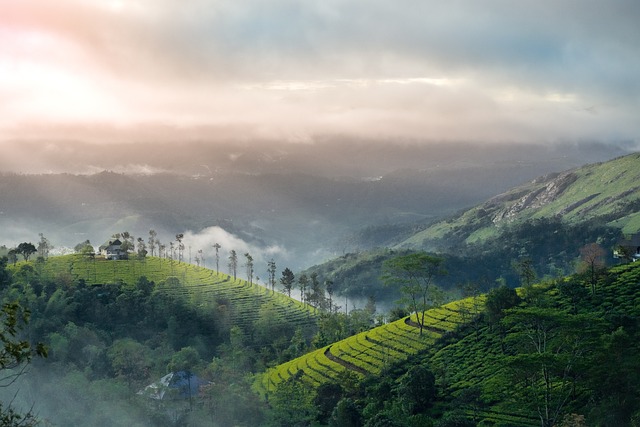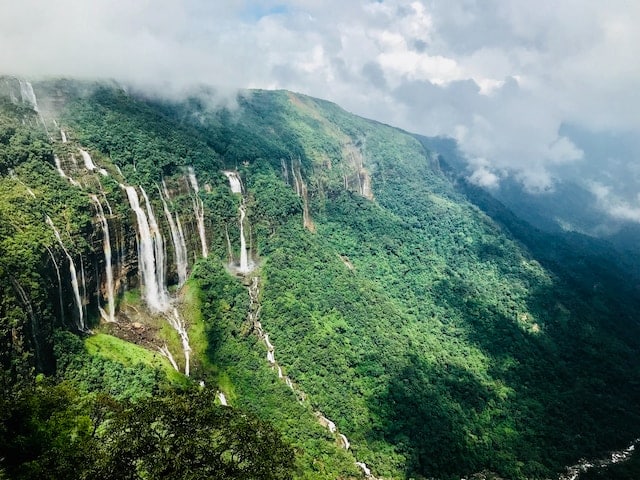Indian Culture Description
Kuchipudi is an Indian classical dance form originating from one of the southern states of India, Andhra Pradesh. It is considered one of the eight principal classical dance styles in India and is recognized for its grace and elegance.
The dance form is named after a village called Kuchipudi in Andhra Pradesh, where it originated and developed. The dance form traces its roots back to the ancient Hindu Sanskrit text, the Natya Shastra, which lays down the principles of classical Indian dance.
Kuchipudi is unique in its style, as it is a combination of both classical and folk elements. Kuchipudi is performed to Carnatic music, a classical style of South Indian music by both men and women, and the dances are typically narratives, depicting stories and themes from Hindu mythology. The dance is performed solo or in a group, and the performers use expressive eye movements, hand gestures, and facial expressions to bring the stories to life.
One of the key features of Kuchipudi is its elaborate and complex hand gestures, known as mudras. These mudras are symbolic representations of emotions, objects, and ideas and are used to convey the story being portrayed. The dance is also characterized by its graceful and fluid movements, including quick footwork, spins, and leaps.
Kuchipudi has a rich tradition and history, with evidence of its performance dating back to the 17th century. Over the years, the dance form has evolved and developed, incorporating new elements and styles to keep up with changing times. Today, Kuchipudi is performed worldwide and it has gained recognition as one of the classical dance forms, alongside other styles such as Bharatanatyam and Kathak.
In conclusion, Kuchipudi is a unique and captivating classical dance form for its elegant movements, intricate hand gestures, and expressive narratives. It is a dance form that has captivated audiences for centuries and continues to do so today.
Visited 5195 times, 2 Visits today













